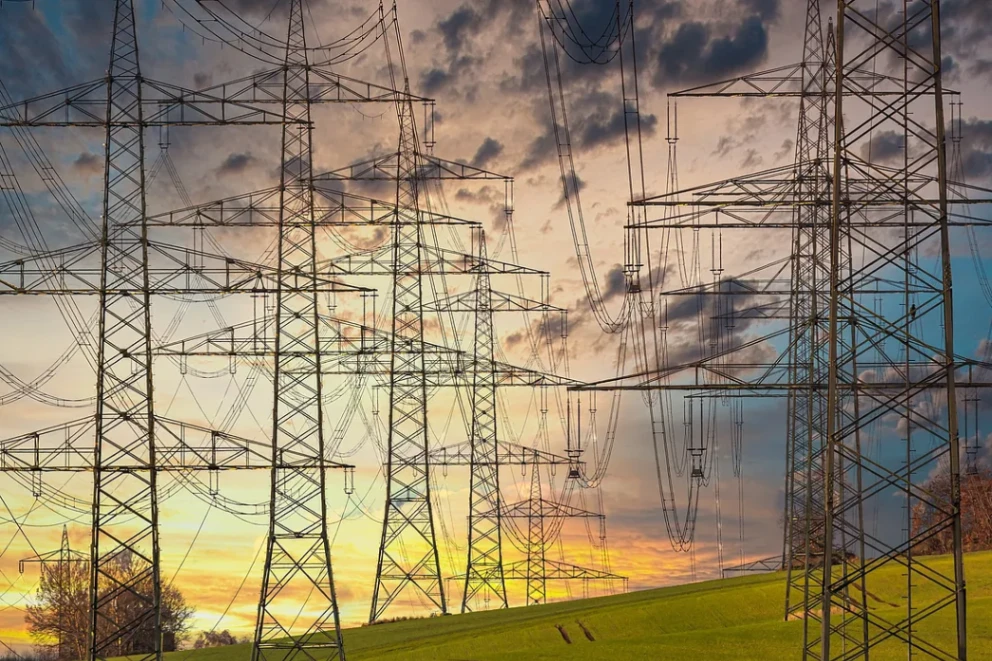In the previous blog, we discussed how a few EU countries like Germany and small nations like Poland, Finland and Slovakia, have fared in handling the energy crisis or in short, the supply shock in Energy.
In this blog, we shall provide an overview of how countries like the UK, Spain and France are faring.
UK-
Remember now that the UK is not part of the EU. So, everything comes at a cost if they are to import energy from other European countries. It also makes them independent from the EU decision-making and can easily make choices on their own.
So, how did the UK fare in energy demand and supply over the past few months?
The UK was in the midst of an energy crisis as seen in the media. The heat waves in July 2022 didn’t help either as the energy demand spiked unusually to counter the increased heat. This led to power shortages in most parts of the country and a steep increase in prices to counter the usage.
UK uses Gas during winter, spiking their overall energy usage. 43% of the UK’s power sector depends on gas to generate electricity, and if supplies falter, the grids will not be able to function at total capacity.
As per Economic times “The energy bills keep heading north as the prices worldwide keep rising, causing immense stress on the grids. In 2021 wholesale gas prices increased 250% when the energy crisis began. This led to at least twenty small power supply companies going bankrupt. Initially, the companies withstood the burden of the price increase, and when in October 2021, the load was decreased by lifting the price cap. Some small firms like Pure Planet and Avro Energy had to close operations.”
In the midst of rising energy prices, the UK has had a few measures to counter this.

Earlier in August, the OFGEM (The Office of Gas and Electricity Markets), responsible for energy supply in terms of gas and electricity across the UK announced something called Price Cap. The OFGEM website states “The energy price cap sets a maximum price that energy suppliers can charge consumers for each kilowatt hour (kWh) of energy they use. How much you pay depends on how much energy you use.”
Under this scheme, a typical 3-bedroom house which would consume 12000 units of Gas and 2900 units of Electricity would cost about £2500 (INR 2.5 lacs) per year. This scheme would be from October 2022 to March 2023.
But as you can see, this cap of £520/MWh is unusually higher than the cap by the government earlier at £280/MWh, increasing the energy bills by 85% on average, unless someone intends to reduce their energy usage.
This move resulted in economically poor households paying more of their income in energy bills when compared to the rich even though everyone was being billed the same, as shown in the graph below.

But it didn’t with this Energy Policy. A few bills passed along with this Energy Policy crippled the UK economy, causing the pound to fall by 22% as compared to the dollar in the last week of Sept 2022, as compared to March 2022.
Such a sudden fall in the exchange rate also affects its imports, especially energy as the UK now has to import its gas and electricity majorly from other countries.
During the same time, the UK which also hugely depends on variable renewable sources of energy like solar and wind had fluctuations in its energy supply due to changing patterns (credit to human-induced Climate Change) and with increasing supply strain on gas, forced the UK to import double the coal than usual.
Recently last week on Jan 9, 2023, the UK’s chancellor Jeremy Hunt announced that this guarantee would continue with an increase in price, which means a typical 3-bedroom house discussed above would end up spending £3000 rather than £2500 from April 2023.
And this is how the UK is faring 😓
Other European nations-
Last year, the European countries managed to stock up on gas in time and in abundance, in no small part thanks to the fact that Russia sent most of its regular volumes of gas during the first half of the year. Except for the cutoff of Bulgaria and Poland for their refusal to pay in rubles, gas supply from Europe’s then-largest supplier remained largely steady.
Our External Affairs Minister also commented on how Europe was still procuring gas from Russia while commenting about crude oil import to India.
Then there are countries that have traditionally had a higher share of natural gas in their total energy mix: Italy 40%, the Netherlands 37%, Hungary 33% and Croatia 30%. While these countries depended on Russia to different degrees, they all witnessed sharp inflation as gas prices soared to record levels.
Italy started looking for alternate gas supplies from Azerbaijan, Algeria and Egypt after the Russia-Ukraine war broke out. Algeria, which sits just across the Mediterranean Sea helped Italy in this case.
Some countries, including Spain, France and Italy also had the advantage of a head start in the form of existing fixed LNG terminals when compared to other European countries like Germany that have traditionally relied more on pipeline gas. Along with the UK, these countries have the highest LNG import capacity in the European region.
France — The country has traditionally relied less on Russian gas (7.6% of total gas imports) than many other European nations but depends heavily on nuclear power. Many of its nuclear power plants are undergoing maintenance, meaning France has an energy shortage. But its price caps on gas and electricity have allowed it to keep its inflation the lowest across the EU over the past 12 months.
Finally, energy bills or energy consumption is also effected by how well insulated the homes are and how resistant they are to heat. Below picture shows how homes across countries loses temperature after 5 hours.

As the picture shows, the UK and Belgium houses are bound to lose more heat inside the house meaning they end up consuming more energy to provide warmth during the winters. Infact, UK homes are losing heat three times faster than houses in Norway and Germany.
And that is how the energy crisis stands in Europe.
It is imminent that any country could get into Energy crisis if laws, planning and execution are not in place. In fact, India recently announced a few set of measures in order to counter any future energy inefficiencies and crisis.

